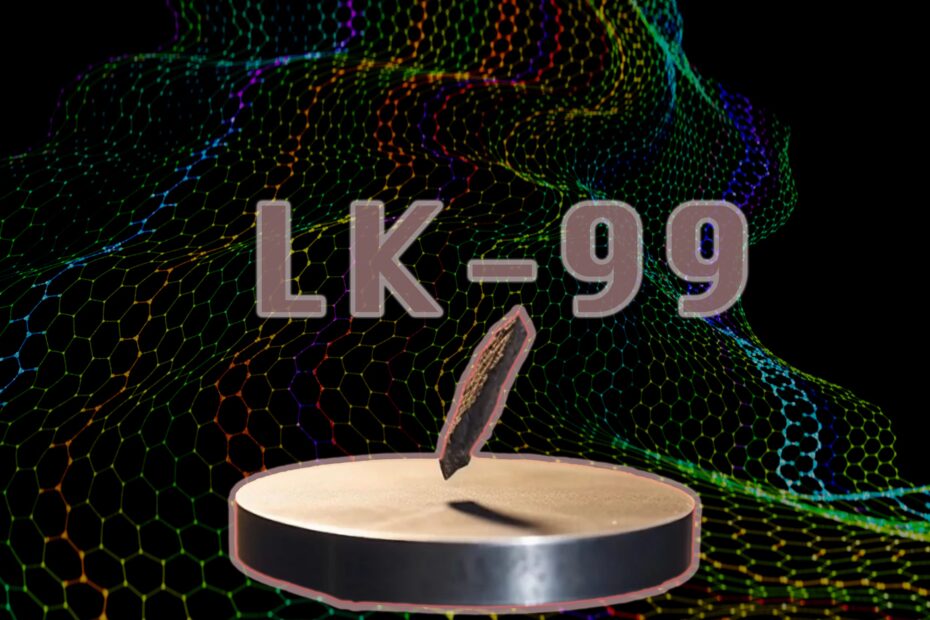Room-temperature superconductors have long been darlings of pop culture’s futuristic trends: miracle materials that could power everything from levitating trains to ultra-efficient power grids to quantum computers in our near future.
Current superconductors need to be cooled to close to absolute zero (-273°C). This requires bulky and highly expensive equipment. Niobium-titanium alloy, the superconductor used in high-speed maglev trains, requires temperatures of just 11°C.
The existence of any room-temperature superconductor would revolutionize nearly all modern technology. In power grids, room-temperature superconductors would save up to seven per cent more power while taking up less space than traditional metal wires, both considerable gains on a global scale. They would allow for electric motors with near-perfect efficiency. They would make quantum computers not just scientists’ toys but products accessible to all.
So when, in July, a team of South Korean scientists claimed the creation of a room-temperature superconductor using everyday materials, the viral frenzy was all too predictable.
In its name, “LK-99” signifies a promise. Short for “Lee Kim 1999” — named after lead researchers Lee Sukbae and Kim Ji-Hoon and the year they started this project — LK-99 is a testament to the time and work poured into making a dream come true.
Alex Kaplan, a Princeton graduate, was one of the first to break the news. His tweet amassed millions of views in the following days, accelerating the growing online hype. Seasoned researchers and amateurs alike raced to replicate LK-99’s incredible properties. Videos of floating rocks quickly flooded the Internet, purporting successes at demonstrating LK-99’s esoteric properties. Tech entrepreneurs rallied their followers toward investing in this “new big thing.” Tech stocks soared while memes and Reddit discussions spread as freely as electrons in a superconductor.
LK-99 became the equivalent of the sci-tech community’s new Taylor Swift album. It became the trend that everyone — from the average Joe to the Silicon Valley mogul — was buzzing about.
“On the other hand, reactions from the scientific community were more subdued. Researchers in the field treated the results with natural skepticism. Historically, many supposed “room-temperature superconductors” had already been synthesized through the years, only for their findings to be questioned after careful review. Issues with data accuracy disqualified most such findings. Academic misconduct also tainted the playing field far before LK-99 came along.
Crucially, LK-99 also failed to exhibit the Meissner effect, a critical test for true superconductivity. When a substance begins superconducting, any magnetic field will be expelled: this causes, for instance, the characteristic floating above a regular magnet seen in popular science displays. LK-99 was found, by researchers from Nanjing University, to not display the Meissner effect.
Still, the hype continued. A disconnect widened between rigorous science and the general public. On one side stood the more likely reality: that LK-99 was yet another dead end, and the search for a room-temperature superconductor was far from over. On the other loomed the well-intentioned but misguided notion that somehow LK-99 would be the “eureka” moment of our time.
Fuelling these misconceptions, more than for previous room-temperature superconductors, were those Silicon Valley entrepreneurs, afraid of stagnation and all too happy to jump on the bandwagon if it might stave off the current boom-and-bust cycle.
Gradually, as researchers failed over and over again to reproduce the South Korean group’s results, the body of evidence grew against LK-99’s status as the first-ever room-temperature superconductor. Researchers realized that many of LK-99’s properties, including the floating rock videos, were the result of normal ferromagnetism.
Other issues began appearing. Complaints were put forward by the work’s co-authors, purporting that the paper had been put forward for publication without their consent. At the time of writing, these allegations are still under investigation.
In the end, LK-99 didn’t become the shining arrow pointing to a new era of technology. It failed on the promise in its name, was hijacked by sharp-smelled tech execs, and exposed a lack of scientific understanding in the general public . Its saga shines light on the growing divide between the unforgiving truths of scientific progress, and its oversimplified interpretation in pop culture.
